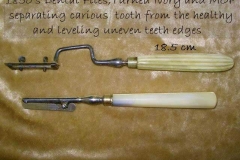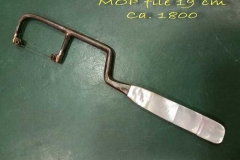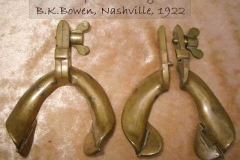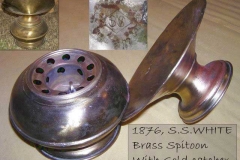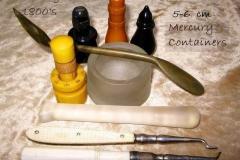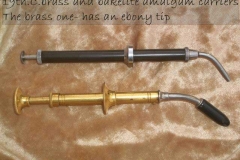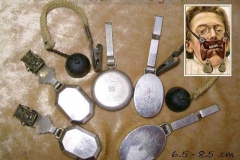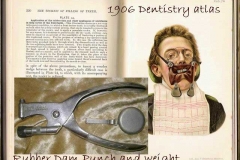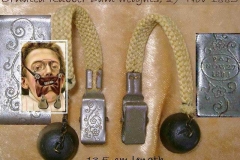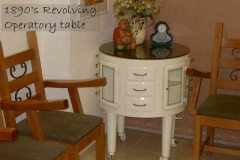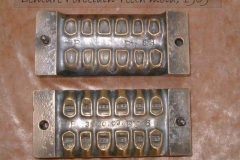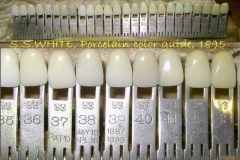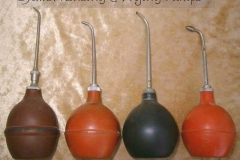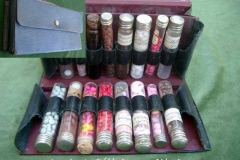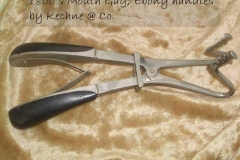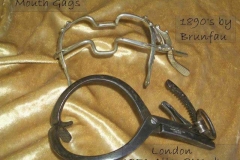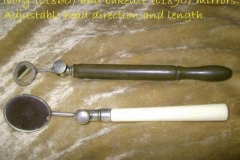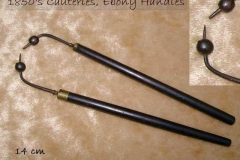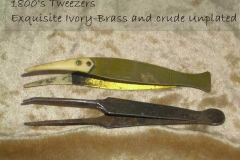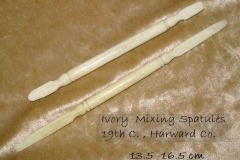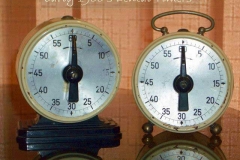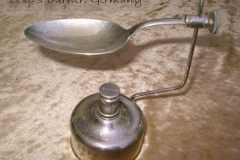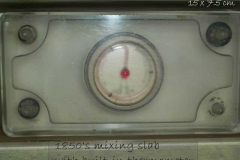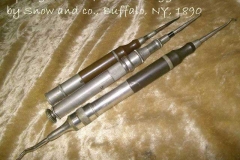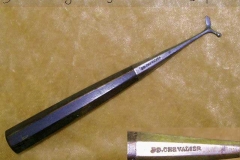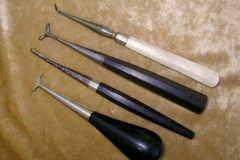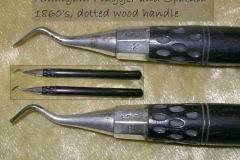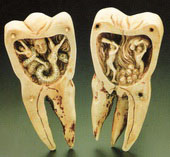 In 1867 French chemist and microbiologist Louis Pasteur discovered the fact that diseases are caused by microorganisms. The logical conclusion was that in order to prevent the disease the surgeon must prevent the penetration of bacteria to the human body.
In 1867 French chemist and microbiologist Louis Pasteur discovered the fact that diseases are caused by microorganisms. The logical conclusion was that in order to prevent the disease the surgeon must prevent the penetration of bacteria to the human body.
The same year, based on Pasteur’s recomendation, Baron Dr. Joseph Lister
developed principles of aseptic surgery : washing the wounds with carbolic acid, wearing cloth gloves during operation and the last but not the least- the instruments should not accumulate the bacteria.
The last recomendation ment the end of the use of natural materials in medical instruments: bone, ivory, wood, horn. Those materials had cracks and naturals pores where the bacteria could hide.
This also ment no more ornaments, engravings, complicated designs – as they all were hiding places for the microorganisms.
All the instruments that are too complicated or fabricated using unplated metal and natural materials are clearly pre- 1880’s
ב- 1867 מיקרוביולוג וכימאי צרפתי לואי פסטר Louis Pasteur גילה את העובדה, שהמחלות נגרמות על ידי החיידקים. המסקנה המתבקשת מהתגלית, הייתה שעל מנת למנוע מחלה- יש למנוע את חדירת החיידקים לגוף האדם. בהתבסס על המלצה זו של פסטר, באותה שנה, פיתח הברון דר’ ג’וזף ליסטר Baron Dr. Joseph Lister את עקרונות הכירורגיה הא-ספטית : רחיצת הפצעים בחומצה הקארבולית, שימוש בכפפות ואחרון אחרון חביב- מניעת הצטברות החיידקים על גבי המכשירים.
העקרונות הנ”ל הביאו להפסקת השימוש בחומרים הטבעיים במכשירים הרפואיים. שנהב, עצם, עץ, קרן – כל אלה החלו להעלם מהשטח. בחומרים הטבעיים קיימים סדקים ונקבוביות, העלולים לשמש מסתור לחיידקים. מאותה הסיבה לאחר 1890 נעלמו המתכות הלא מצופות, הקישוטים המהודרים, החריטות והעיצובים המורכבים.
